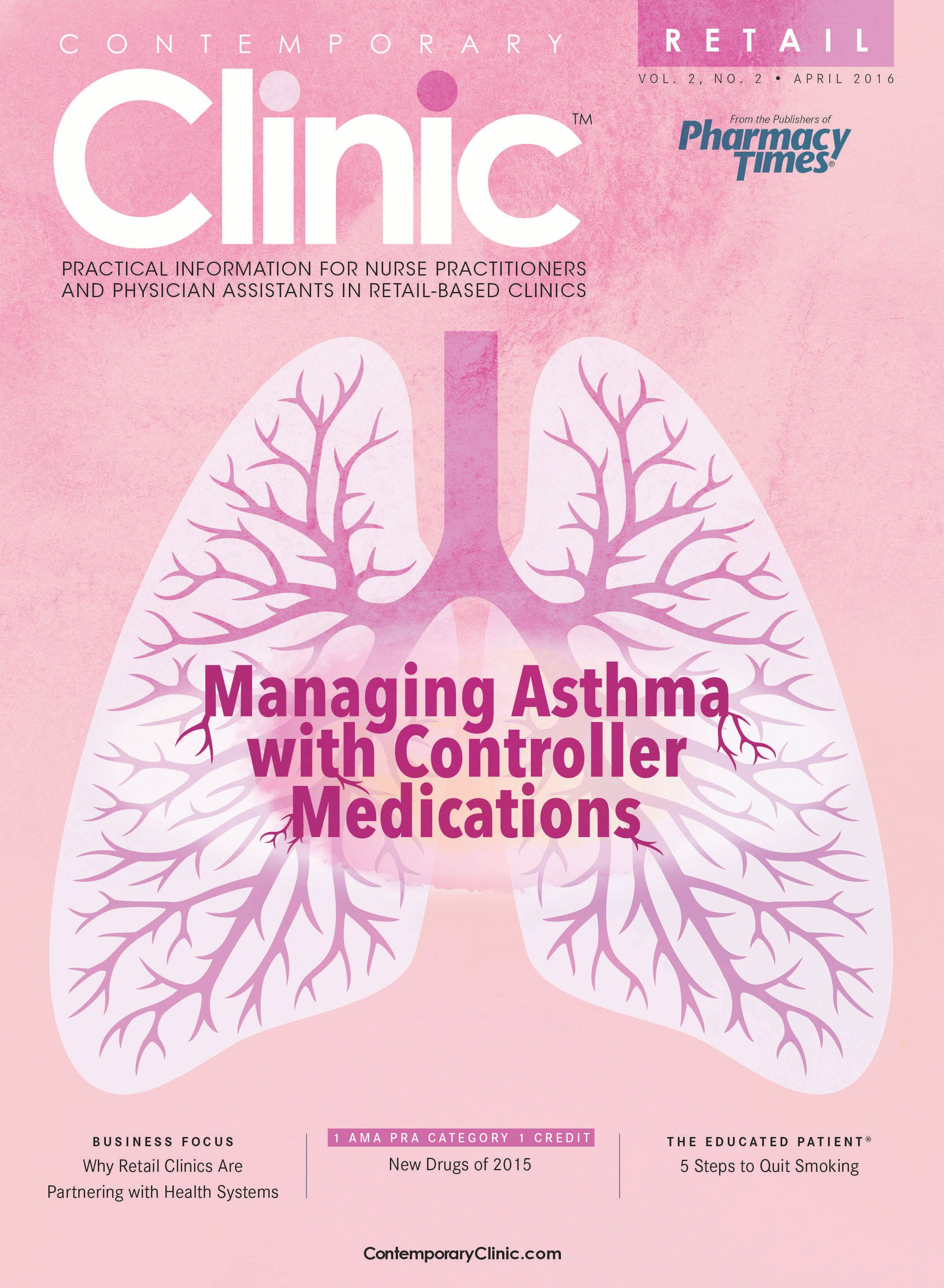The Right Dose of Precision Medicine
Because most treatments have been designed with a one-size-fits-all approach, clinicians may see a medication work very well for some patients but not for others.
Because most treatments have been designed with a one-size-fits-all approach, clinicians may see a medication work very well for some patients but not for others. What if there was a better way to identify the best anticoagulant for each atrial fibrillation patient, for instance? Or, as the President pondered in his 2015 State of the Union address, “What if figuring out the right dose of medicine was as simple as taking our temperature?”
Fortunately, data-driven research is accelerating advances in precision medicine to make this a reality. According to the National Institutes of Health (NIH), precision medicine is an innovative approach that takes into account individual differences in a patient’s genes, environment, and lifestyle, thus supplying health care professionals with the tools they need to better predict which treatments will be most effective.
Although some advances in precision medicine have already been made—most notably in the form of routine molecular testing that is guiding cancer treatment—the practice is not currently used for most diseases, including those commonly treated in retail clinics. That’s where the Precision Medicine Initiative comes into play.
Launched with a more than $200-million earmark in the President’s fiscal year 2016 budget, the Precision Medicine Initiative supports ongoing efforts to build a national cohort of at least 1 million research participants, scale up strategies to identify genomic drivers in cancer, and develop curated databases to support the regulatory structure needed to advance innovation in precision medicine.
Recently, NIH granted the first award under this initiative to Vanderbilt University, in collaboration with Verily, formerly Google Life Sciences, to begin building the largescale research cohort. Simultaneously, NIH is collaborating with the Health Resources and Services Administration to create partnerships with community health centers and expand the initiative’s reach in underserved populations. On the private- sector side, more than 40 health-focused organizations are making commitments that will accelerate precision medicine.
It is only a matter of time before clinicians can provide the right treatment to the right patient at the right time.
Thank you for reading!
Mike Hennessy
Chairman and CEO

Knock Out Aches and Pains From Cold
October 30th 2019The symptoms associated with colds, most commonly congestion, coughing, sneezing, and sore throats, are the body's response when a virus exerts its effects on the immune system. Cold symptoms peak at about 1 to 2 days and last 7 to 10 days but can last up to 3 weeks.
COPD: Should a Clinician Treat or Refer?
October 27th 2019The Global Initiative for Chronic Obstructive Lung Disease (GOLD) defines the condition as follows: “COPD is a common, preventable, and treatable disease that is characterized by persistent respiratory symptoms and airflow limitation that is due to airway and/or alveolar abnormalities usually caused by significant exposure to noxious particles or gases.â€
Diabetic Ketoacidosis Is Preventable With Proper Treatment
October 24th 2019Cancer, diabetes, and heart disease account for a large portion of the $3.3 trillion annual US health care expenditures. In fact, 90% of these expenditures are due to chronic conditions. About 23 million people in the United States have diabetes, 7 million have undiagnosed diabetes, and 83 million have prediabetes.
What Are the Latest Influenza Vaccine Recommendations?
October 21st 2019Clinicians should recommend routine yearly influenza vaccinations for everyone 6 months or older who has no contraindications for the 2019-2020 influenza season starting at the end of October, according to the Advisory Committee on Immunization Practices.
What Is the Best Way to Treat Pharyngitis?
October 18th 2019There are many different causes of throat discomfort, but patients commonly associate a sore throat with an infection and may think that they need antibiotics. This unfortunately leads to unnecessary antibiotic prescribing when clinicians do not apply evidence-based practice.
